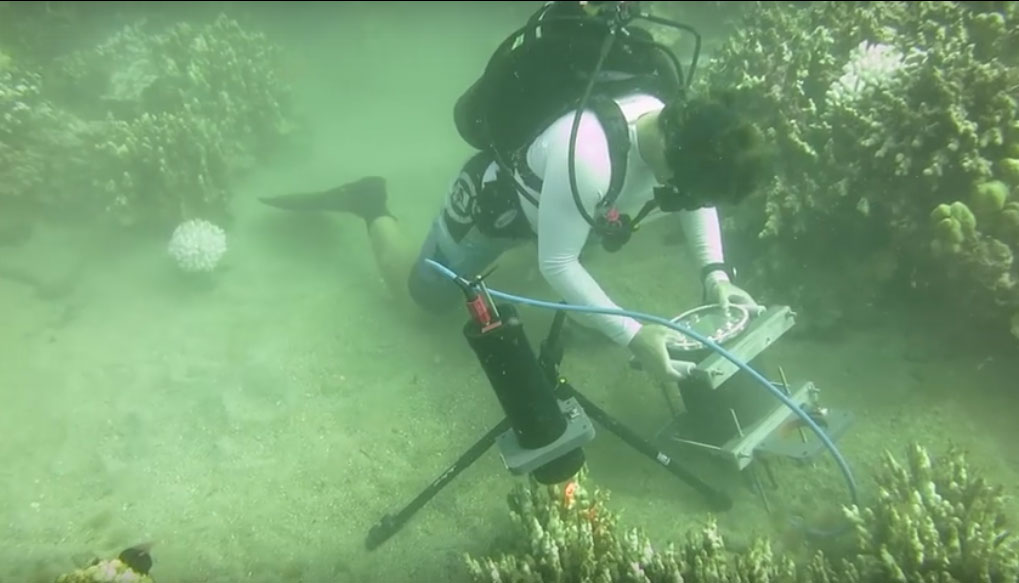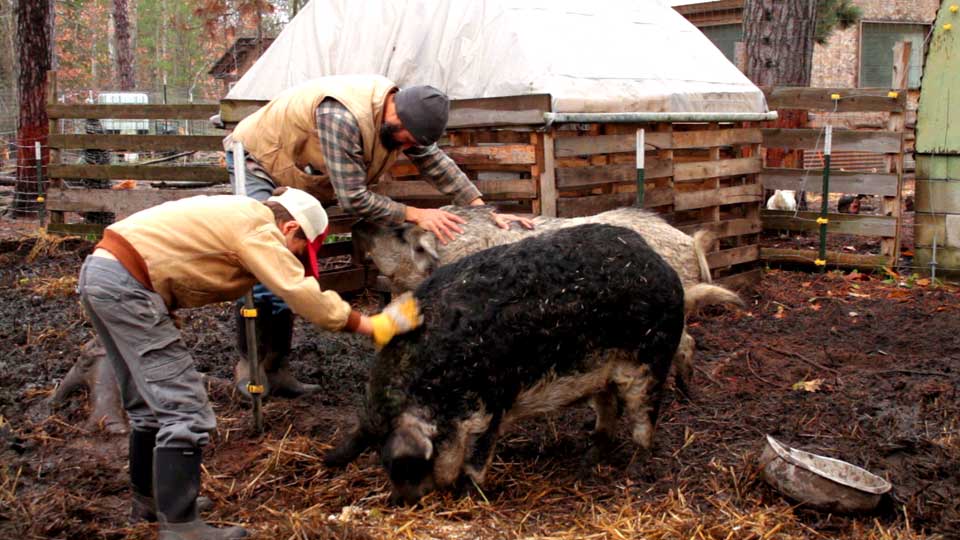Digging For Truth On The Yellow Dog Plains
An update from the recent public hearing on sulfide mining permit changes
contains excerpts from original article by Mindy Otto for the YDWP

Gene Champagne speaks at the public hearing at the Westwood High School in Ishpeming.
A recent public hearing was held by the MDEQ to give voice to concerned community members in regards to the draft for a new Groundwater Discharge Permit for the Eagle sulfide mine located on the Yellow Dog Plains. A majority of those in attendance are not satisfied with the current draft and with good reason! Non-ferrous metallic hardrock mining, or sulfide mining, is responsible for environmental and financial atrocities all over the world including: degradation of drinking water supplies, loss of natural habitat for fish and other wildlife, company bankruptcy, and abandoned contaminated sites. As a resident of the Upper Peninsula and mother of 5 I value the precious water resources we take for granted here and refuse to accept practices that threaten the piece of “Pure Michigan” that we call home. I hope those who read this will take action to prevent an environmental holocaust that threatens us all and be inspired to protect their home for the future of all as well!

MIndy Otto, Executive Director for the Yellow Dog Watershed Preserve, explains how the mining processes can affect water quality on local water sources. The Yellow Dog River for which the preserve is named is pictured in the background on Wednesday, Nov. 20, 2013 in Big Bay, MI. (Marquettemagazine.com photo by Soullenz.com)
The following is an excerpt from a synopsis of the public hearing by Yellow Dog Watershed Preserve Executive Director, Mindy Otto:
A recent public hearing on the new draft Groundwater Discharge Permit for Lundin Eagle Mine has once again brought to light the ongoing industrial activity on the Yellow Dog Plains. The hearing took place on March 25, 2014 at Ishpeming Westwood High.
The complex saga behind the permitting of this project and the present interface between the nickel/copper mine and the public has created an undeniable divide in our local community, with clearly opposing parties.
Ore-extraction has not yet begun, and results from Superior Watershed Partnership’s Community Environmental Monitoring Program show 108 exceedances to-date in the groundwater[i] without a single permit violation from the Michigan Department of Environmental Quality (MDEQ).
Discussions about those results are rapidly unfolding and new data continues to be collected and revealed to the public. By law, the mine is required to renew the permits every five years and that time has come. Members of our community are apprehensive about the conditions of this new draft Groundwater Discharge Permit, and concerned organizations influenced the MDEQ Water Resources Division to extend the public comment period and hold a public hearing which is not strictly required.
The primary revisions in the new permit will raise site-specific background concentrations for pH and Vanadium, recalibrate the operational range for specific conductance, and add a procedure for reporting Uranium concentrations. About 150 people of all ages and backgrounds attended, and an overwhelming majority of the attendees were not satisfied with the revisions and demanded a stricter statute. This story is not new, it is the most recent development in a ten-year-long regional debate concerning the project and associated risks to human health and the environment.

Yellow Dog River in Big Bay Michigan on Wednesday, Nov. 20, 2013.
Dozens of citizens at the public hearing spoke about the baseline limits and groundwater hydrology concerns. The public was encouraged to attend, learn and speak due to courageous and effective motivating efforts by Save the Wild UP. Catherine Parker of Marquette has followed the situation for years, and remarked, “The composition and quantity of the water to be treated and ultimately discharged by the Waste Water Treatment Facility at Eagle Mine have not been determined with any degree of certainty. Neither has the behavior of the groundwater, both discharged and naturally occurring. Eagle’s groundwater discharge permit should not be reissued until these concerns have been resolved.”
Carla Champagne of Big Bay pointed out missing information in relation to groundwater hydrology and said, “First, the limits set in this permit should be based on the data in Rio Tinto’s 2004 Environmental Baseline Study Stage 1 Hydrology Report. […] Also, since there has never been a complete hydrology study of the region surrounding the mine site, the assertion that all water flows to the northeast is not necessarily proven.”
Gene Champagne, also of Big Bay stated, “If certain contaminants are over the limit due to inaccurate baseline data as the MDEQ and Lundin contend, then the entire permit needs to be held up and mine start up delayed until a completely accurate and independent baseline and hydrology study can be completed. If faulty baseline was presented by the mining company and accepted by the DEQ, the public should not have to pay the price with their health and safety!”
The MDEQ indicated that community members are concerned about the regulatory process for permitting the only primary nickel mine in the U.S.A. which, if miscalculated, poses a real threat to human health and the environment. This project has not yet extracted any ore, and it is expected to begin production in the fourth quarter of 2014, assuming the transportation route from the mine to the mill is complete.
With the legacy of contamination from non-ferrous metallic hardrock mines as a precedent, and the incomplete baseline conditions as one of the current crises, not to mention the recent patent infringement case related to the Eagle Mine waste water treatment plant[iv], we anticipate significant issues to arise throughout the operation of this mine and afterwards. In order to protect our resources we must do the Digging For Truth On The Yellow Dog Plains together as a community.
You can read the entire article with more history from this ongoing issue at the Yellow Dog Watershed Preserve website














You must be logged in to post a comment Login